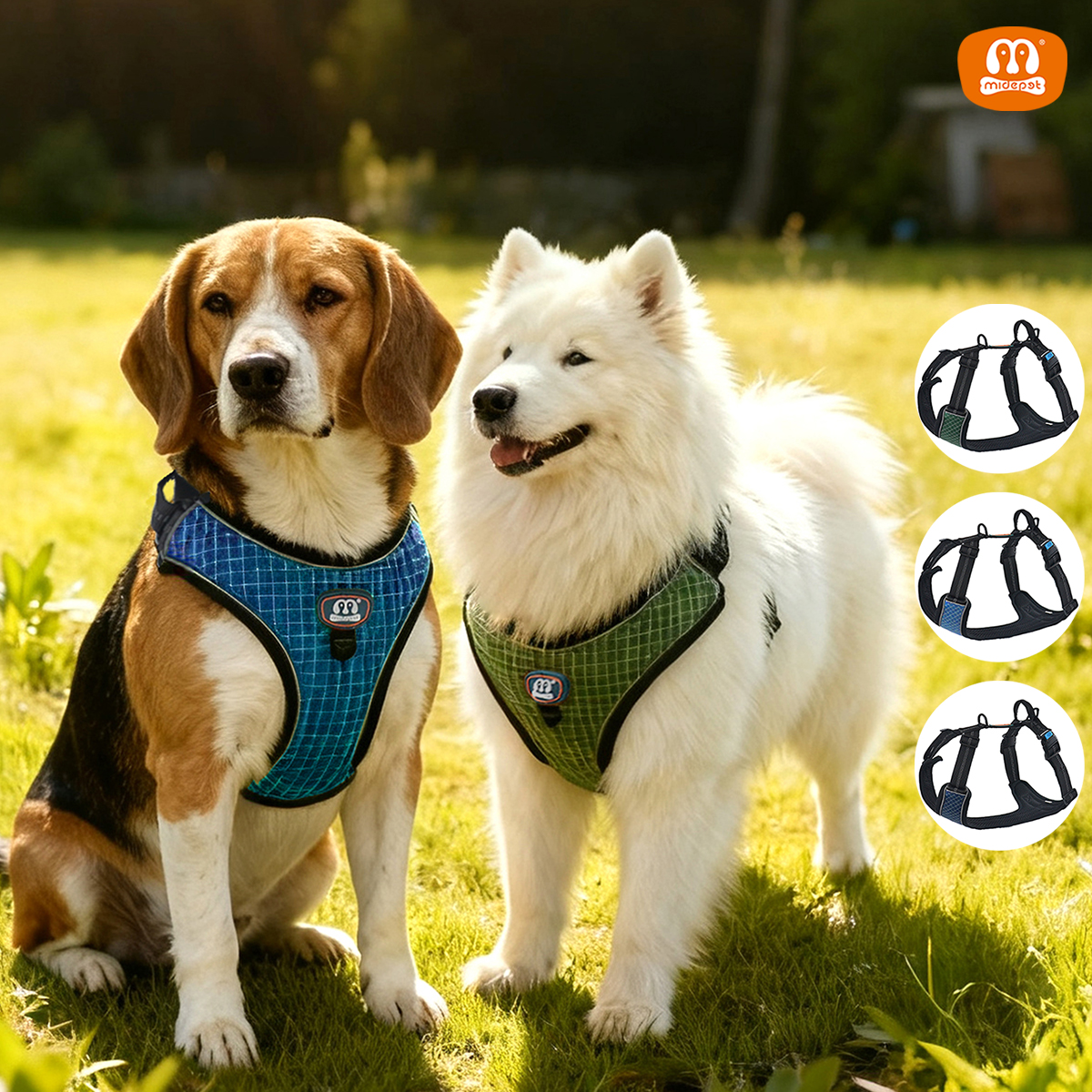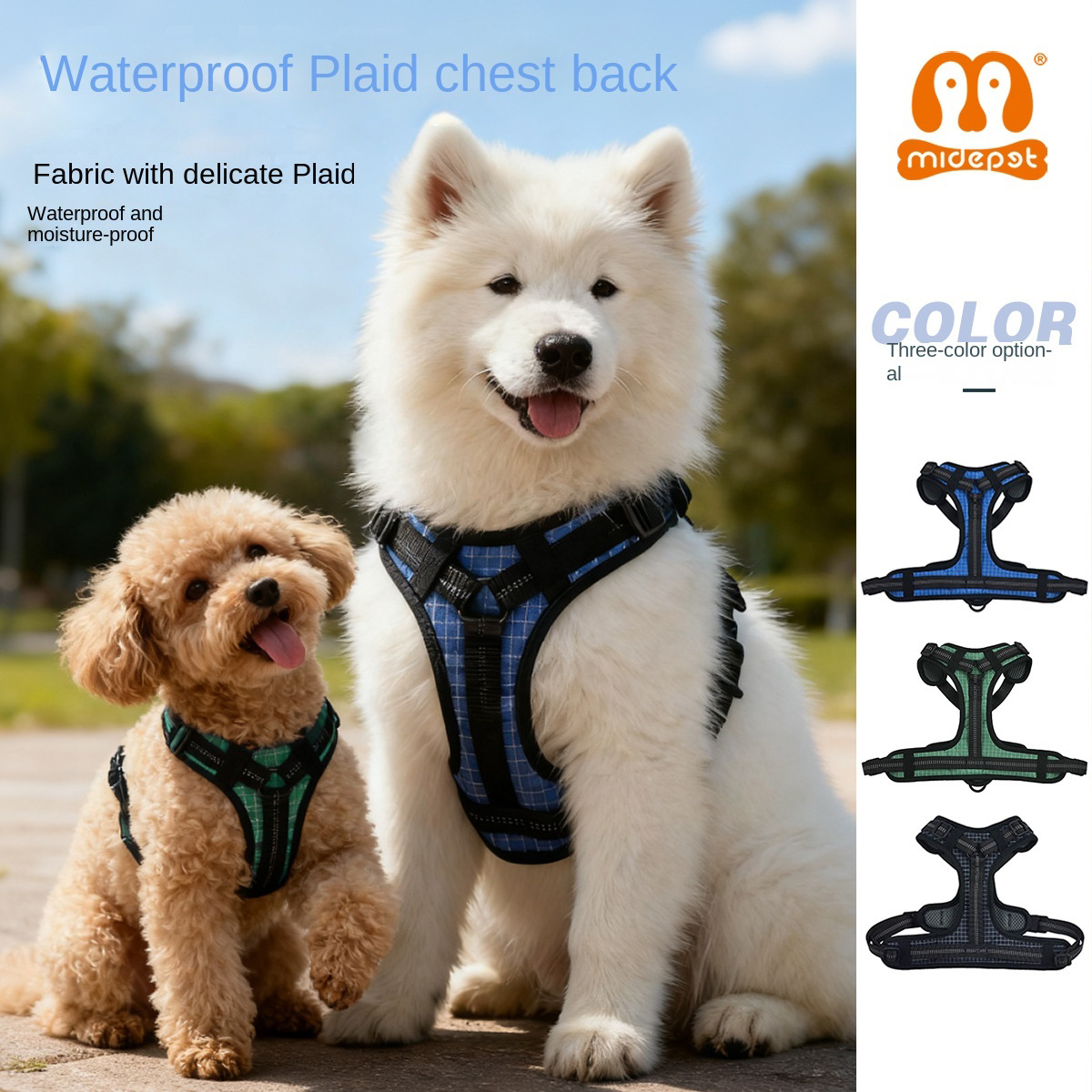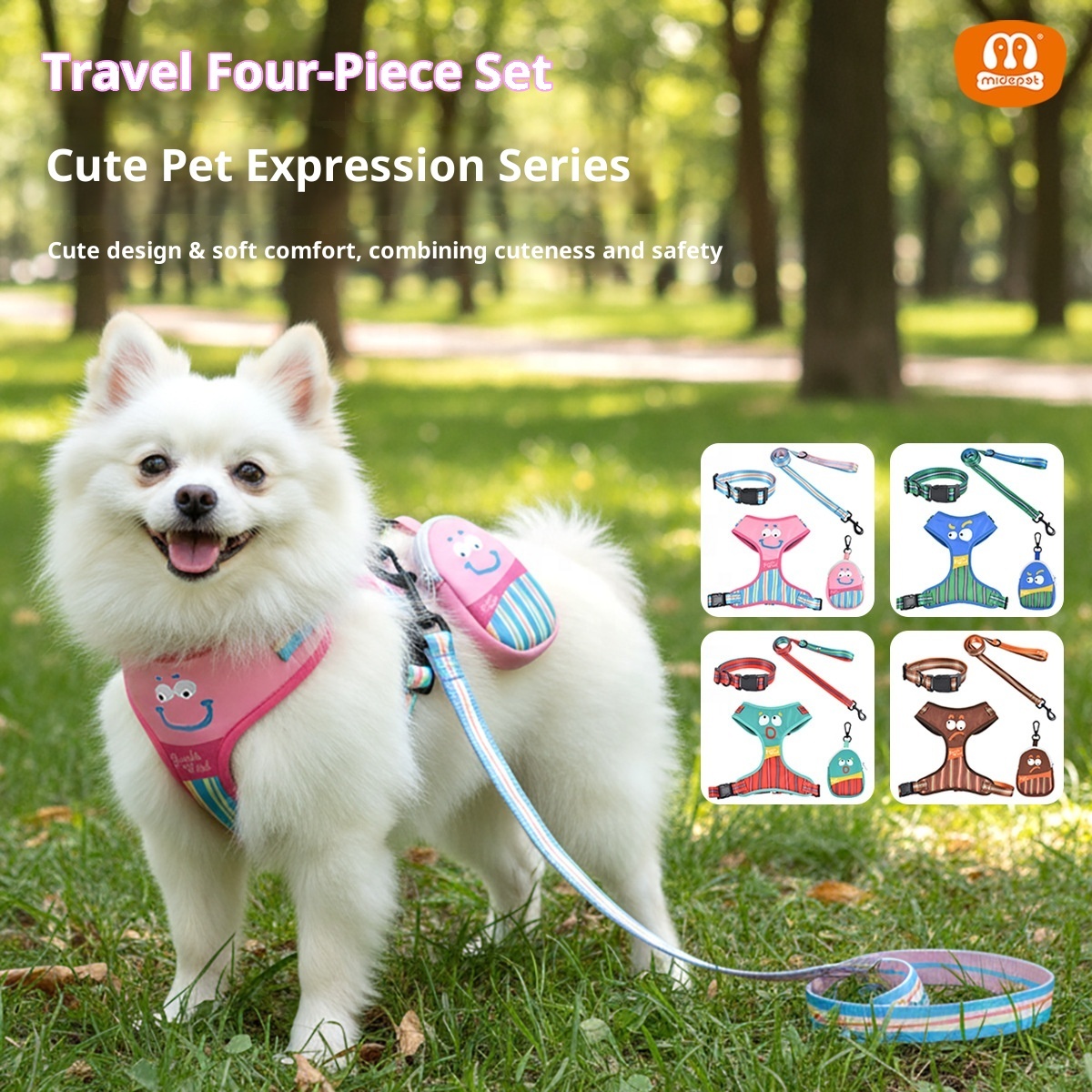How to Leash Train an older Dog
You adopt an older Dog or miss the best training age when the dog is young and the dog has already developed ingrained behavioral patterns Training at this time can be a daunting task, but with the right approach it's entirely feasible. A good dog training leash and a suitable collar (a harness may be a better choice than a collar) can greatly improve the training process. Especially small dog training collars should be chosen carefully!
Understanding the Needs of Older Dogs
Older dogs have different training methods than puppies, older may face health problems like arthritis that affects their mobility. So they need more patience and understanding to know more about your dog before tailoring the right training program for him!

Choose the best dog training leash
Choosing the right dog training leash is crucial to the training process. Look for a leash that is comfortable to hold and of the right length. Generally, a 4- to 6-foot leash is best for training because it allows you to maintain control while giving your dog some freedom to explore. Material is also important - nylon leashes are durable and easy to clean, while leather leashes have a good grip and are better for long walks. For older dogs, a leash with a cushioned grip will prevent hand injuries.
When choosing the best dog training leash, consider the size of the dog. Smaller dogs may be better suited to lightweight leashes, while larger dogs will need sturdier dog training leashes.Choosing the right leash can make training easier and more enjoyable.

Begin leash training
Begin leash training by familiarizing your dog with the leash and collar. Let them sniff and explore the new equipment before putting it on them. Once your dog is comfortable with the gear, practice indoors where there are fewer distractions. Reward them for staying on your side by snapping the leash to the collar and letting them walk around the house.
Once your dog is used to walking indoors, you can gradually work on outdoor training. Start in a quiet area and use treats and positive reinforcement to encourage good behavior. Remember to stay calm and patient - older dogs may take longer to get used to it, but with persistence, they will learn.
To start training start by placing the leash and collar (or harness) next to them to familiarize them with the leash, when your dog is not resistant to wearing it, clicking here will tell you how tight the collar should be adjusted, you can practice this indoors, it will make him feel more secure within his familiar surroundings, and allow them to walk around the house, rewarding the behavior of keeping them by your side.
Once your dog is used to walking indoors, try taking it outside to train it, being able to take a safe and enjoyable walk with your dog that is our ultimate goal.

Mastering Outdoor Dog Leash Training
Indoors you may have a very good time, but outdoors it is much more difficult, first of all your dog may get very excited when you go outside and start pulling or lunging on the leash.At this point you will need to pull him back inside and then go outside, if he still does this, repeat until he is able to go outside quietly.
When you are walking down the road or encounter other people or dogs interfering with your dog, start pulling or lunging on the leash. You need to stop immediately until your dog calms down and then restart the walk, when your dog stays calm for a while give him some treats to let him know that this is good behavior, and then you can slowly reduce the treats.

Combining Exercise and Socialization
Regular walks are not only good for an older dog's health, but they are also a great opportunity for socialization helping to stabilize your dog's mood. With leash training, pets can better interact with their own kind and others. Plan some fun outdoor activities to make the training process more enjoyable.

Epilogue
Training an older dog on a leash can take time and patience, and you may get frustrated with the difficulties halfway through, but it's a rewarding journey. Choosing the right dog training leash and collar is key to making the process go more smoothly. Remember to be consistent and use positive reinforcement to encourage good behavior. Enjoying the training process will bring you and your four-legged friend closer together, especially if you adopt an older dog.








